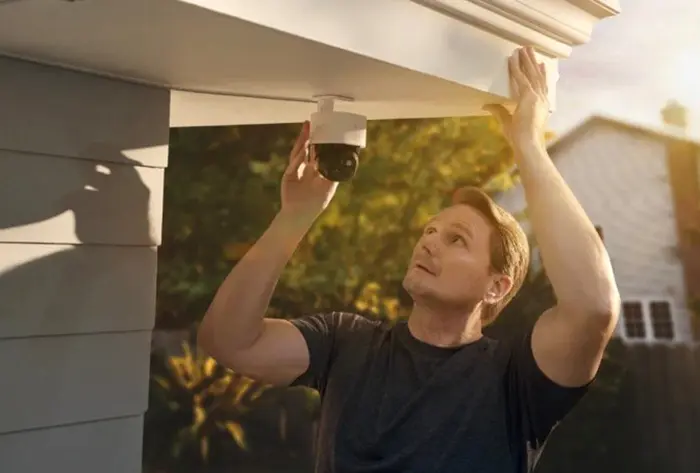The advent of night vision technology in outdoor security cameras has revolutionized home and business security. These cameras, equipped with the ability to see in low-light conditions, have become an indispensable tool for ensuring round-the-clock surveillance. Understanding the intricacies of night vision technology is vital for anyone investing in these outdoor security cameras. This blog post delves into how night vision cameras work, their benefits, and key features to look for.
Introduction to Night Vision in Outdoor Cameras
Understanding Night Vision Technology
Night vision technology in outdoor cameras is primarily based on infrared (IR) illumination. Unlike regular cameras that require visible light, night vision cameras use infrared LEDs to illuminate their field of view. This allows them to capture images even in complete darkness. IR LEDs emit light that is invisible to the human eye but can be detected by the camera’s sensor. This technology enables the camera to convert the infrared light reflected off objects back into a visible image, providing clear visuals despite low light conditions. There are two main types of night vision systems used in security cameras: active infrared and passive infrared. Active infrared cameras emit their own IR light, making them effective in total darkness. Passive infrared cameras, however, rely on ambient light sources such as moonlight or street lights to function. While they may not perform as well in complete darkness, they often deliver higher-quality images in low-light conditions.
Benefits of Night Vision Cameras
Night vision cameras provide several advantages that bolster their appeal. The foremost benefit is their ability to monitor premises around the clock. By functioning effectively in low-light conditions, these cameras eliminate vulnerabilities that can be exploited during the night. Their presence acts as a deterrent to potential intruders who might otherwise take advantage of the cover of darkness. Additionally, night vision cameras aid in capturing high-quality footage, crucial for identifying suspects and evidencing criminal activities. The enhanced safety and peace of mind offered by these devices cannot be overstated. Furthermore, technological advancements have made night vision cameras increasingly affordable and accessible. With a wide range of options available, property owners can choose devices tailored to their specific requirements, whether for home use or protecting larger commercial properties.
Key Features to Consider

When choosing a night vision security camera, several key features should be taken into account. First, consider the range of the infrared illumination. This determines how far the camera can see in the dark. Cameras with a longer range are better suited for covering large areas like parking lots or extensive backyards. Resolution is another crucial factor. Higher resolution cameras provide clearer images, which can make a significant difference when identifying people or objects from recorded footage. Look for cameras that offer at least 1080p resolution to ensure sufficient clarity. Weather resistance is essential for outdoor cameras. Ensure that the camera has a solid IP rating, indicating its ability to withstand dust and water exposure. This feature ensures the camera remains functional in various weather conditions, extending its operational life.
Conclusion
Equipping your property with night vision outdoor security cameras is a proactive step toward enhancing safety and security. By understanding the various technologies and features available, you can select a camera that perfectly suits your requirements. Whether it’s safeguarding your home from potential threats or monitoring a business premise, these cameras provide unparalleled protection day and night. Thoughtfully considering the factors discussed will help ensure a wise investment, offering both peace of mind and a significant deterrent against unlawful activities. With advancements continuing in this field, now is an opportune time to integrate night vision cameras into your security strategy.
